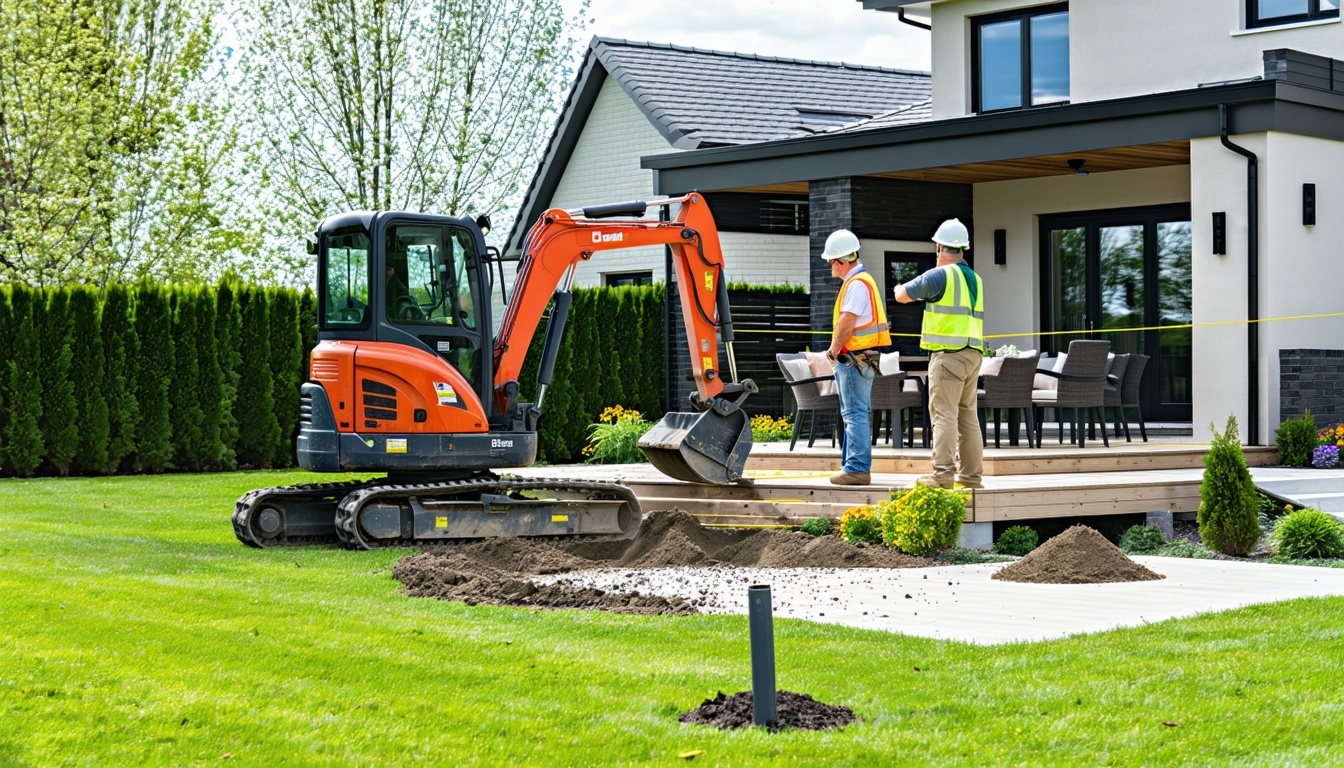
The Evolution of Helical Piers: A Historical Perspective
Helical piers have a rich history that dates back to the early 1800s. Their inception can be attributed to Alexander Mitchell, an Irish engineer who was also blind. In 1833, Mitchell used these ingenious devices to support lighthouses and docks on weak, marshy soils. Initially, their primary function was to provide stability in challenging landscapes where traditional digging was impractical. Over the decades, their usage saw a decline, primarily due to the heavy machinery required and the complexity of installation.
It wasn't until the last 20 years that helical piers began to gain significant traction again. Advances in technology and machinery have made it easier to measure torque and pressure, enabling more precise installations. Originally popular in northern countries with hard winters and rocky terrains, helical piers are now making their way into various regions, including the Mid-Atlantic states of the U.S.
Why Helical Piers Outperform Traditional Concrete Footings
One of the most compelling reasons to opt for helical piers over traditional concrete footings is the sheer speed and efficiency they offer. Traditional concrete footings are labor-intensive and time-consuming. The process involves digging large holes, pouring concrete, waiting for inspections, and hoping for favorable weather conditions—all of which can take up to two weeks.
In contrast, helical piers can often be installed in a single day. This speed not only accelerates the construction timeline but also reduces labor costs and minimizes disruption to the site. Additionally, helical piers are highly effective in areas with difficult soil conditions. They can be driven deeper and deeper until they reach solid bearing ground, providing unmatched stability.
Overcoming Challenges: The Learning Curve with Helical Piers
Adopting any new technology comes with its set of challenges, and helical piers are no exception. One of the initial hurdles is the learning curve associated with the new machinery and installation techniques. Builders need to understand the intricacies of reading soil conditions accurately to ensure precise installation. The margin for error is minimal, particularly when working in tight spaces with existing landscaping.
Despite these challenges, the transition to using helical piers is well worth the effort. Builders often find that the initial investment in training and equipment pays off in the long run through increased efficiency and reduced project timelines.
Real-World Applications: Success Stories from Industry Professionals
The real-world applications of helical piers are vast and varied. From supporting decks and outdoor living spaces to stabilizing foundations in challenging terrains, these versatile tools have proven their worth. For instance, Design Builders, an outdoor living company based in suburban Washington, DC, initially hesitated to adopt helical piers due to the small, manicured backyards they often worked in. However, after witnessing the speed and efficiency of helical piers in action, they became staunch advocates.
One memorable project involved installing helical piers in the morning and being able to build on them by the afternoon. This not only sped up the project timeline but also eliminated the need for extensive inspections and weather-related delays.
Future Trends: What's Next for Helical Piers in Construction
The future of helical piers in construction looks promising. As the technology continues to evolve, we can expect to see even more innovative applications. One emerging trend is the use of helical piers in seismic zones, such as Central America, where they offer excellent stability in areas prone to earthquakes.
Another exciting development is the increasing use of helical piers in urban environments to support skyscrapers and other large structures. The ability to drive these piers deep into the ground makes them ideal for providing a solid foundation in densely populated areas with limited space.
Expert Insights: Industry Voices on the Benefits and Innovations of Helical Piers
Industry professionals are unanimous in their praise for helical piers. Jamie Moiland, founder of Design Builders, highlights how these piers have revolutionized their approach to construction. "The first time we installed a helical pier, it was life-changing. The speed and ease of installation were unparalleled," he recalls.
The industry is also seeing a rise in the variety of helical piers available, each designed for specific applications. From residential projects to commercial skyscrapers, the versatility of helical piers is unmatched.
Helical piers are not just a fleeting trend but a significant advancement in modern construction. Their historical roots, combined with their efficiency, adaptability, and future potential, make them an invaluable asset for builders and homeowners alike. As technology continues to advance, the possibilities for helical piers are virtually limitless, promising a future where construction is faster, more efficient, and more resilient.

